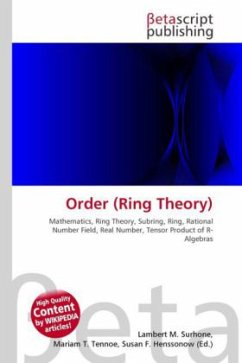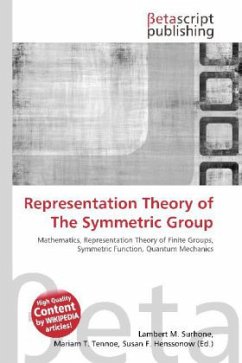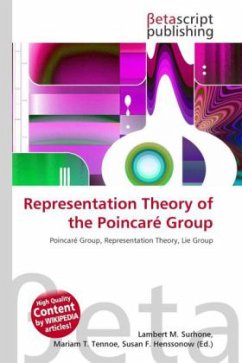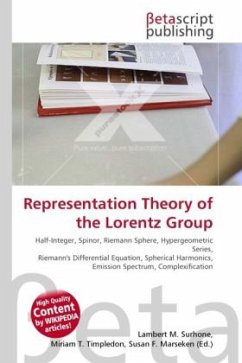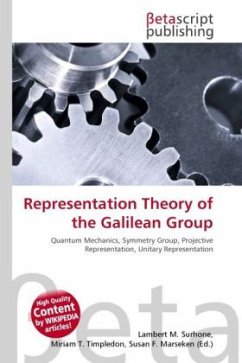
Order (Group Theory)
Versandkostenfrei!
Versandfertig in 6-10 Tagen
26,99 €
inkl. MwSt.

PAYBACK Punkte
13 °P sammeln!
Please note that the content of this book primarily consists of articles available from Wikipedia or other free sources online. In group theory, a branch of mathematics, the term order is used in two closely related senses: the order of a group is its cardinality, i.e., the number of its elements; the order, sometimes period, of an element a of a group is the smallest positive integer m such that am = e (where e denotes the identity element of the group, and am denotes the product of m copies of a). If no such m exists, we say that a has infinite order. All elements of finite groups have finit...
Please note that the content of this book primarily consists of articles available from Wikipedia or other free sources online. In group theory, a branch of mathematics, the term order is used in two closely related senses: the order of a group is its cardinality, i.e., the number of its elements; the order, sometimes period, of an element a of a group is the smallest positive integer m such that am = e (where e denotes the identity element of the group, and am denotes the product of m copies of a). If no such m exists, we say that a has infinite order. All elements of finite groups have finite order.The order of a group and that of an element tend to speak about the structure of the group. Roughly speaking, the more complicated the factorization of the order the more complicated the group. If the order of group G is 1, then the group is called a trivial group.



